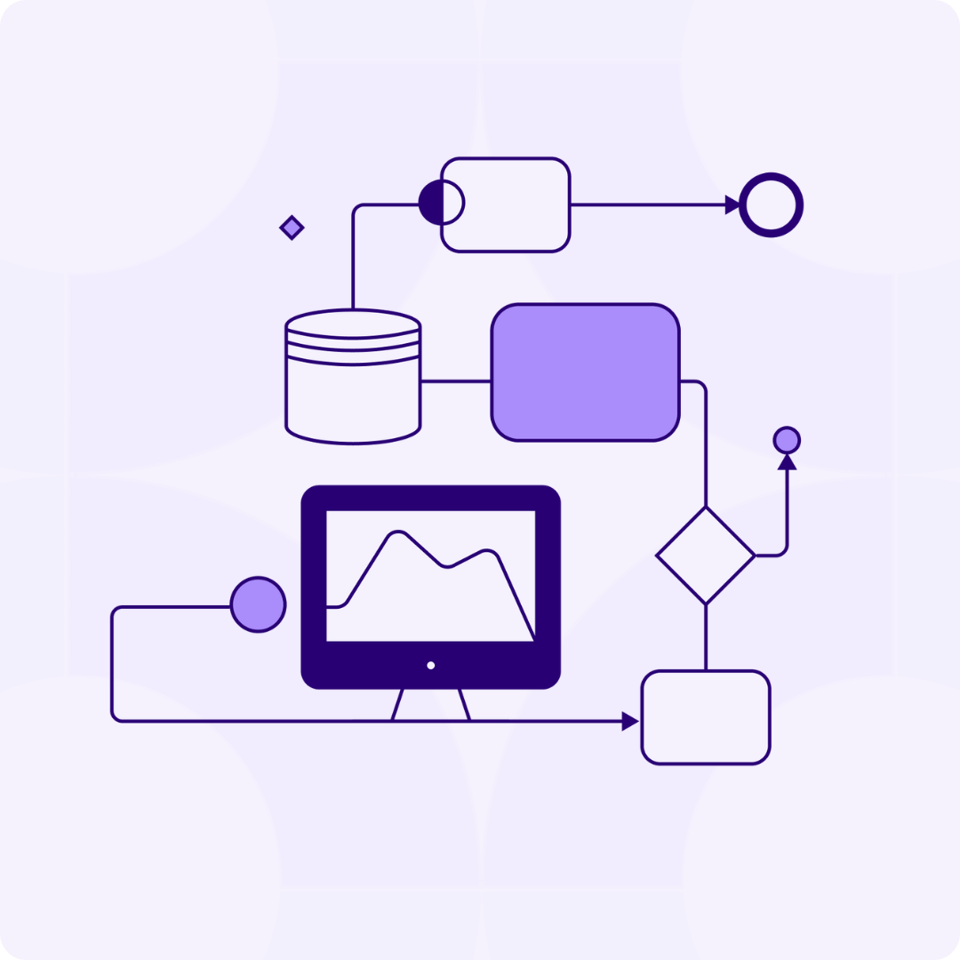Discover how to build governed, secure, and ROI-driven agentic AI workflows with iPaaS. Turn AI autonomy into enterprise-grade integration.
The next leap in enterprise automation won’t come from larger AI models. It will come from smarter integration.
Agentic AI systems are evolving fast, capable of making decisions, executing workflows and adapting on the fly. Yet without architectural discipline — governance, security and cost control — autonomy can quickly spiral into risk.
This is where the Integration Platform as a Service (iPaaS) becomes essential. Instead of running isolated AI pilots, enterprises are embedding agentic systems directly into their integration backbone, enabling safe, auditable and scalable automation across every workflow.
Here’s how to design an agentic iPaaS architecture that’s governable, transparent and ready for real-world production.
1. Architect agent workflows, not black boxes
The future of automation isn’t about replacing your integration platform. It’s about making it AI-ready by design.
Agentic systems can reason and act, but they must do so within explicit policies and full visibility. Every AI action should be explainable, monitored and reversible.
-
Define agent boundaries: Set granular permissions for what agents can read, write, and trigger. Critical steps should require human approval.
-
Embed reasoning transparency: Capture decision logs and “reasoning traces” so every agentic step can be audited later.
-
Integrate human-in-the-loop (HITL): Let humans review, override or confirm AI actions inside workflows, ensuring accountability in high-risk operations.
-
Govern model access: Maintain a catalog of approved, fine-tuned AI models with version control and access rules, instead of letting agents roam unbounded.
When your automation is built around transparent reasoning, explicit policy and governed data, you move from AI “magic” to measurable, safe performance.
2. Design for security, integrity and data sovereignty
As AI gains autonomy, new attack surfaces emerge. Model poisoning, prompt injection and unauthorized data access are no longer hypothetical. They’ve become operational realities.
A secure agentic iPaaS must enforce data governance and compliance at every stage:
-
Security by design: Validate all inputs, apply encryption in transit and at rest, and ensure every workflow leaves a verifiable audit trail.
-
Hybrid deployment flexibility: Allow AI workflows to run on-premises, in private clouds or in public environments, maintaining full data sovereignty for regulated industries.
-
Compliance alignment: Embed frameworks to comply with ISO 27001, GDPR, and the EU AI Act. Extend governance to ESG and CSRD data reporting to maintain trust and transparency.
-
Human checkpoints as safeguards: For workflows with financial or compliance impact, mandate HITL checkpoints to validate agent actions before execution.
By enforcing security and transparency from day one, enterprises turn agentic AI from a liability into a controllable, auditable capability.
3. Build for ROI through intelligent orchestration
Not every process needs a frontier-scale model. Value is unlocked when entire workflows, not isolated tasks, are orchestrated intelligently across systems.
-
Use the right model for the right job: Lightweight or distilled models handle repetitive tasks; specialized models manage complex reasoning.
-
Implement cost awareness: Track token usage, latency and model confidence in real time. Dynamically route tasks to optimize for cost and performance.
-
Accelerate time-to-value: Deploy ready-made templates and connectors to integrate AI, APIs and RPA within weeks instead of months.
-
Orchestrate at the process level: Support concurrent execution paths, loops, and deterministic fallbacks for predictable outcomes.
Real-world impact
-
Manufacturing: Agentic monitoring detects anomalies and automatically triggers maintenance orders.
-
Energy & utilities: Predictive orchestration optimizes asset usage and reduces downtime.
-
Public sector: Autonomous data-validation agents enforce GDPR compliance while streamlining citizen services.
Operational ROI comes not only from reduced cost per task, but from faster response times, improved reliability, and a shorter learning curve across the enterprise.
4. Frends iPaaS: The governance layer for agentic systems
As AI agents grow in capability, enterprises need an orchestration layer that enforces control, not chaos.
That’s where Frends iPaaS fits in. It serves as the policy engine for agentic automation, uniting RPA, APIs and AI inside a secure, low-code environment.
-
Governance built-in: Role-based access control, audit trails, versioning, and compliance alignment with GDPR and ISO 27001.
-
Transparency by design: BPMN 2.0 visual workflows with embedded human-in-the-loop tasks. Every action traceable, every process observable.
-
Seamless connectivity: Integrates AI services, SaaS tools and legacy systems (SAP, Dynamics 365, Salesforce) — without re-platforming.
-
Optimized total cost of ownership: Up to 75% lower TCO compared to legacy middleware, thanks to low-code design, built-in monitoring, and self-service scalability.
Frends turns AI autonomy into secure, governed and explainable automation, where every decision and every data flow remains under enterprise control.
5. The road ahead: Autonomy requires architecture
As OpenAI’s Sam Altman noted, “We’re on the brink of AI systems that can operate with a degree of autonomy and decision-making power previously unseen.”
The organizations that thrive in this era won’t be the ones deploying the largest models — they’ll be those that govern them best.
Agentic AI needs infrastructure that can connect, constrain, and clarify — ensuring that autonomy scales safely.
That’s the role of agentic iPaaS: a single, transparent layer where automation, integration and AI converge with trust.
